Looking on a map of Sudan I noticed a national park called Dinder that is covering a huge area in the South-East of Sudan. It’s neither described in the Lonely Planet guide nor is there an official website, so I looked further to collect more information, but could find few forum posts and blog entries. According to those info sources
Dinder National Park
Getting a permit took us more than a day. The Ministry of Tourism and Wildlife sent us to the Sudanese National Park Administration where Ahmed applied for the permits. One hour later, we were invited to the office of a manager of the Dinder National Park who said that although we are very welcomed to the park, our application need more work. Another hour later, the Head of Dinder National Park invited us to his office and repeated that we are most welcome to the national park. He added that as the season has just started, maintenance works were still ongoing to prepare the facilities. Another hour later calculations for our permit fees were completed, we could pay the accountant and received the permit. In the meantime, the Ministry of Tourism and Wildlife has closed and we had to come back the next day to get a travel permit for the region around Dinder National Park. Yes, Sudan has a well established beaurocracy 🙂
Getting into the national park was an adventure. The last town before the national park is called Dinder, like the park, and is a 7-8 hour drive from Khartoum. One needs additional four hours from the town to the entrance of the national park. The route is a 4WD track and leads through a beautiful landscape with small villages. We were surprised that Mutaz, the ranger we picked up at the park headquarters, had to ask locals for directions several times on the way. At nightfall, we still have not reached the park entrance. Each time on a crossroad, Mutaz seemed uncertain which way to go. The grass on the trail became bigger than the Landcruiser and I doubted we were on the right track. Suddenly, we heard a scream and saw some lights and Mutaz responded by shouting and waving his torch. Finally, we reached the entrance, although the ranger camp looked more like a rebel hideout. Men were sitting around a campfire, cooking some food in a simmering pot, their Kalashnikovs leaning against the bench.
As we wanted to spend the night in the camp inside the park
, after a short break and some directions, we continued to the main camp that was supposed to be one and a half hour away. After one hour, the forest got very dense. On every crossroad Mutaz was pointing his torch in all directions looking for fresh tracks. We ended up in a dead end. Surprisingly, Mutaz had some reception and called his mates in the camp. Following their instructions, we turned around and took another route on the next crossroad. Five minutes later we ended up in another dead end. This game of trial and error went on for more than an hour. The old-school ring tone of Mutaz cell phone sounded every five minutes, we made a u-turn, took another track and ended up in a dead end. It was like a bad movie. Edin and I had to keep it together in order not to laugh out loud after we reached yet another dead end and the phone rang again. Finally, I checked the OsmAnd map on my phone and saw a symbol of an airstrip 14km away. Mutaz confirmed that the airstrip was close to the camp. However, we needed 30 more minutes and four more dead ends until he agreed that Ahmed should follow the GPS track heading to the airstrip. 20 minutes later we met a tractor with five rangers searching for us and reached the main camp quickly thereafter. Even though it was pretty late, the rangers served us fish and tea. Sudanese hospitality doesn’t know a time limit.
Unsurprisingly, the camp was home to millions of mosquitos, so Edin and I opted for my tent instead of a bed in one of the tourist cabanas. I’d rather be eaten by a lion than have my blood sucked out by swarms of little tormentors. Ahmed and Mutaz prefered the huts with improvised mosquito nets.
The next morning and afternoon, we drove and walked through the forest, bush and swamps in the search of wildlife. We saw deer, warthogs, birds and heard a buffalo hiding in the swamp. Unfortunately, no sign of lions. We understood why this was not the best time to visit the park: still flooded, many tracks were not passable. By the end of the dry season, in February and March, most lakes will have been dried, forcing the park wildlife to concentrate around the remaining water sources and thus easier to spot for tourists.
Unfortunately, we could not stay in the camp for a third night because the manager of all Sudanese national parks inspected the camp in the afternoon and stayed overnight. Our paths crossed on the way out of the national park. He was protected by a convoy of four Landcruisers, one of which was equipped with a heavy machine gun. We briefly talked to him and confirmed that we liked the Dinder National Park before his convoy moved leaving a cloud of dust behind it. I was sad to leave the park and wished I could stayed longer.
However, another nice surprise awaited us in town: Sufis were celebrating the birthday of Prophet Mohamed. It was a beautiful, lively ceremony with amazing music. When the dervishes saw me taking photos from outside of their dancing circle, they pulled me inside and asked me to film them close up.
If Sudan caught your interest and you want to discover it by car with an easy-going and well connected Sudanese https://italoptik.com/yelnac/index.html https://puttygen.in , you should get in touch with Ahmed. His contact details are as follows:
Ahmed Khamis Ahmed
mobile: +249912879300 (also whatsapp) and +249121926060
email: am1342908@gmail.com
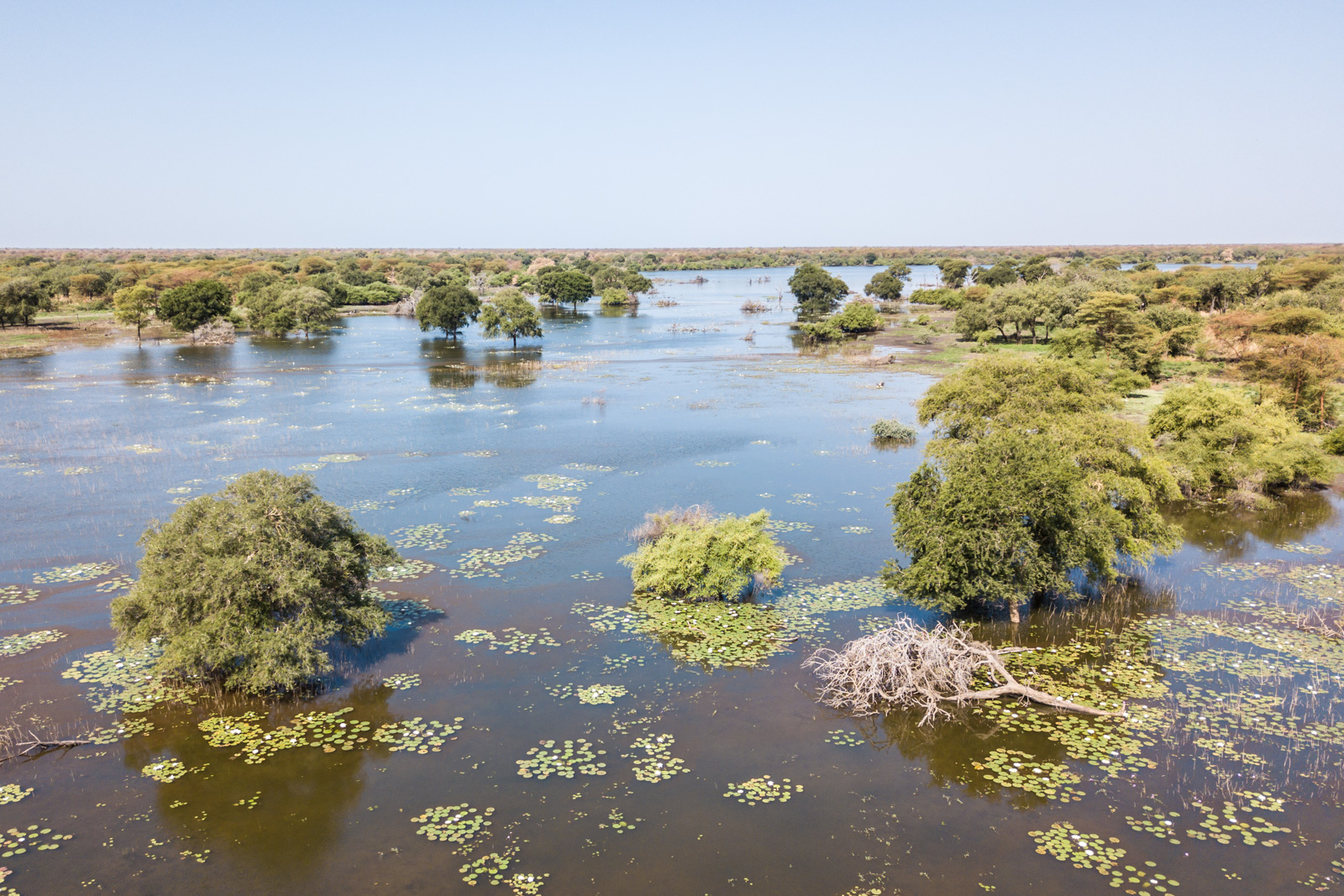
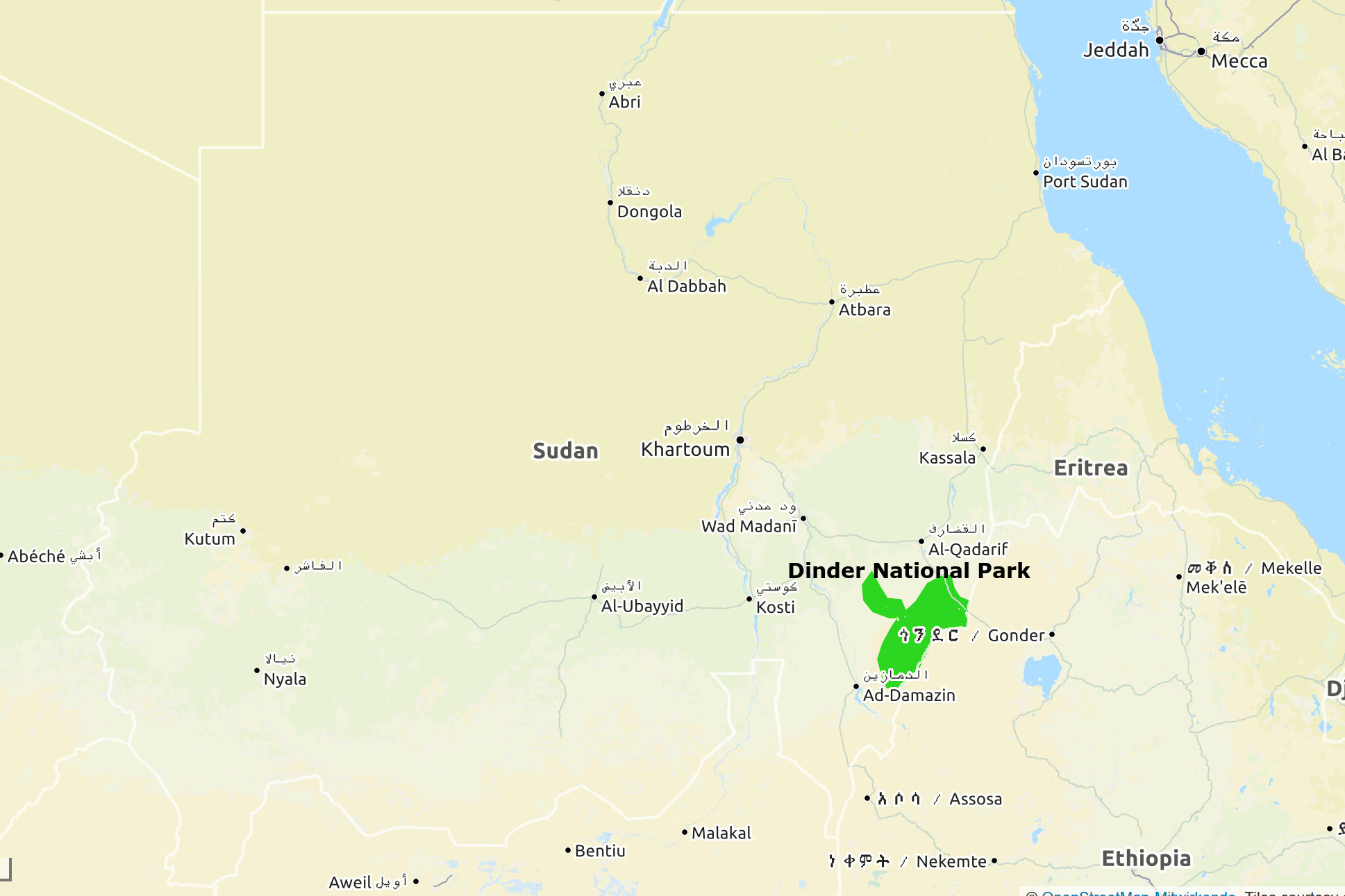
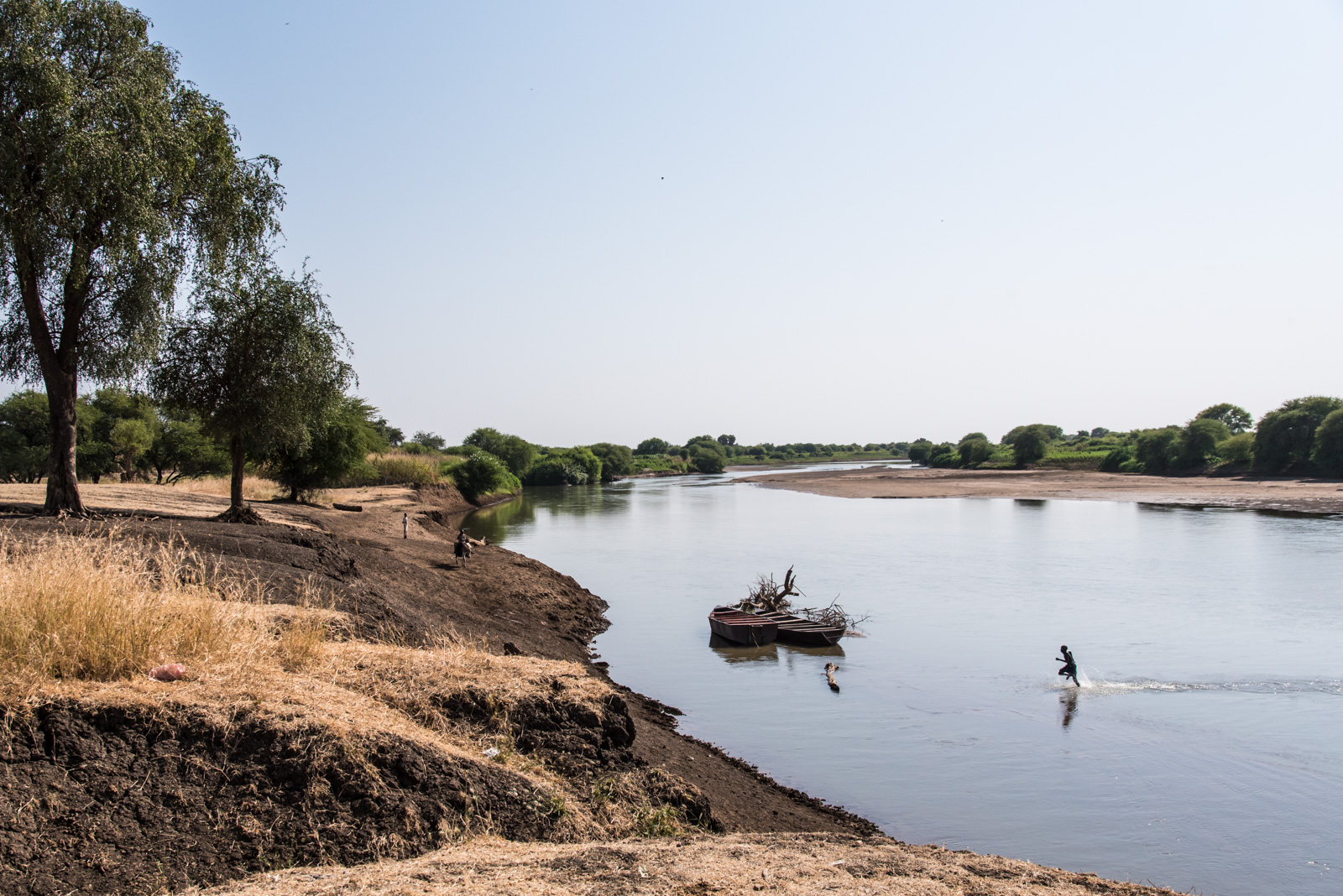
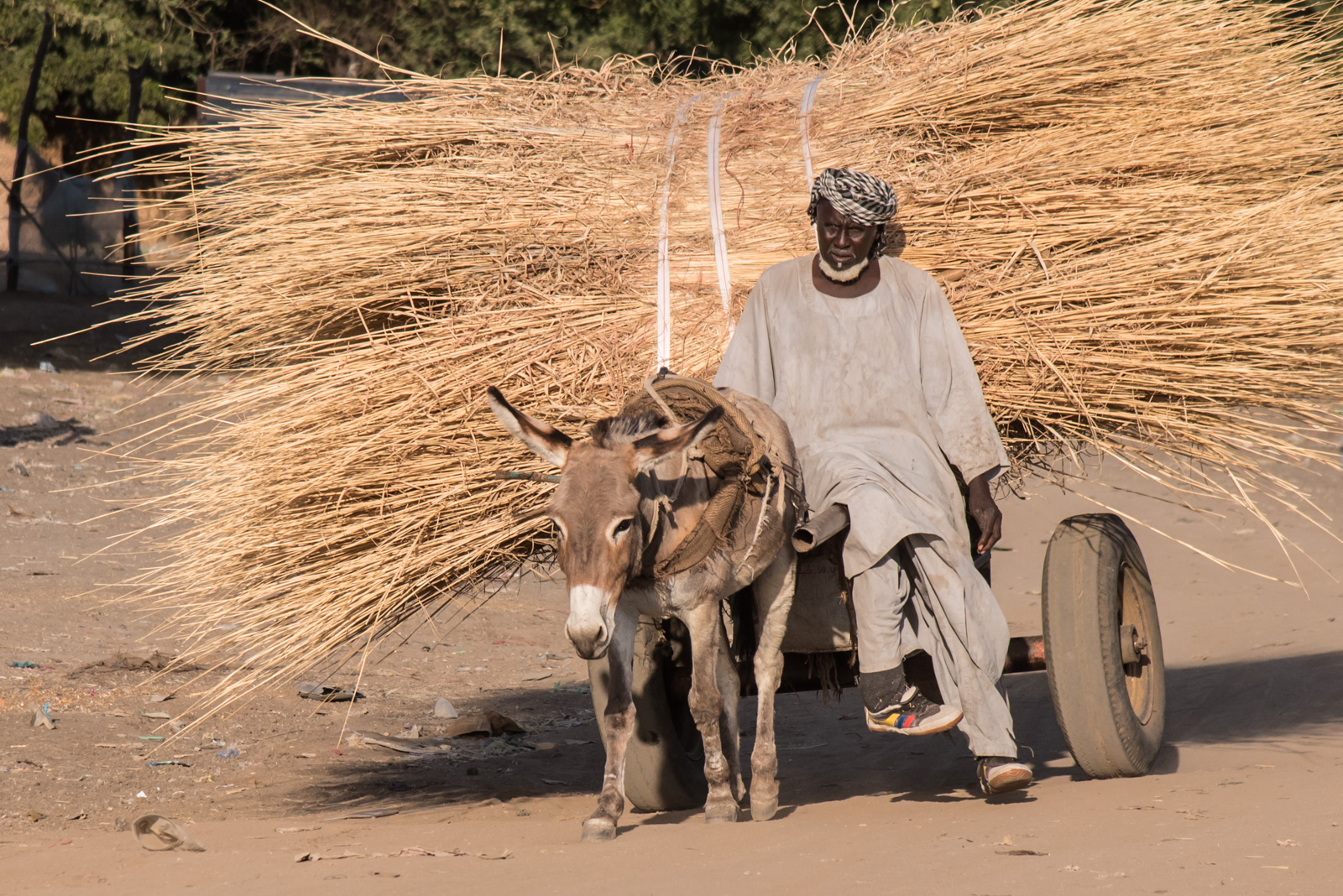
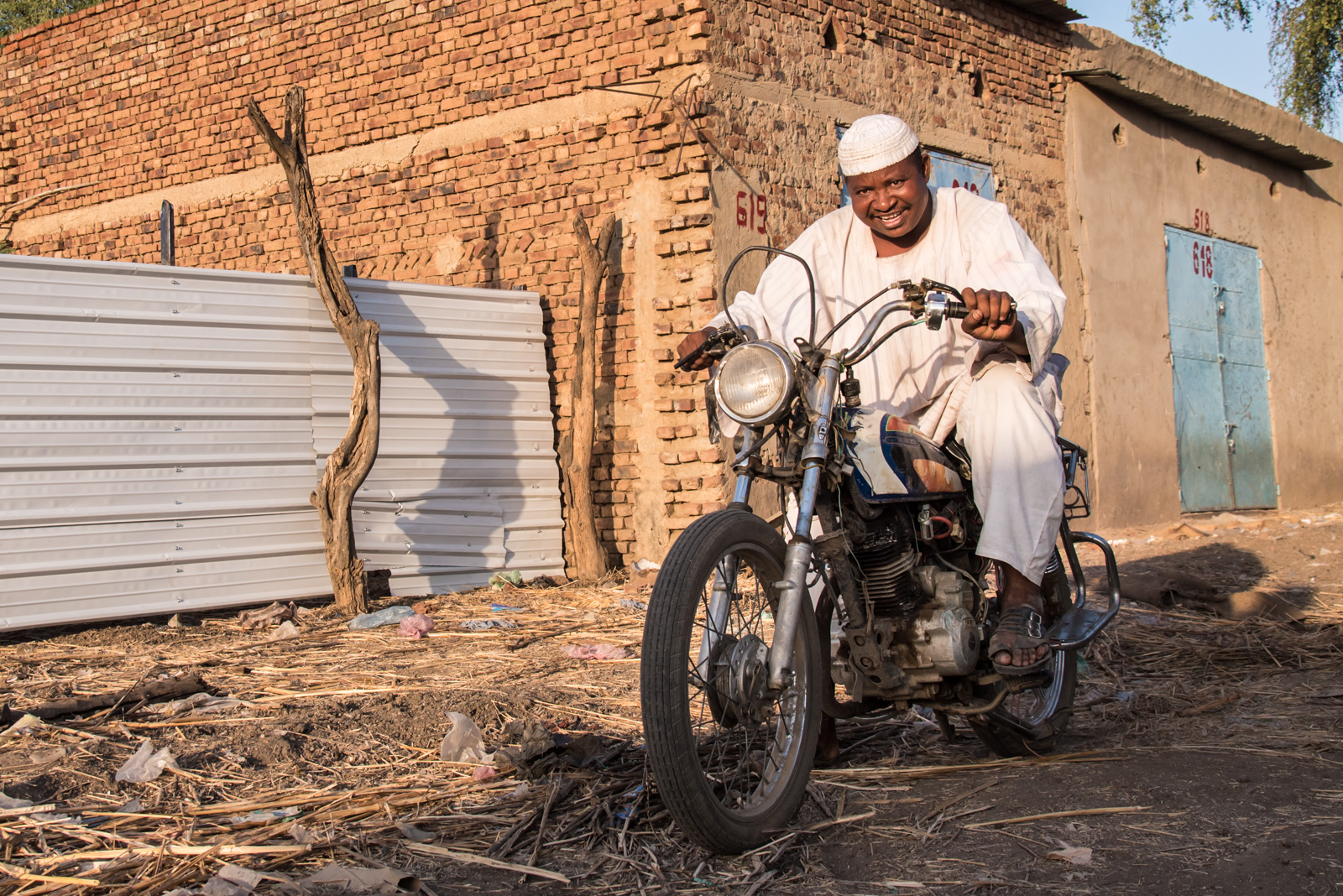
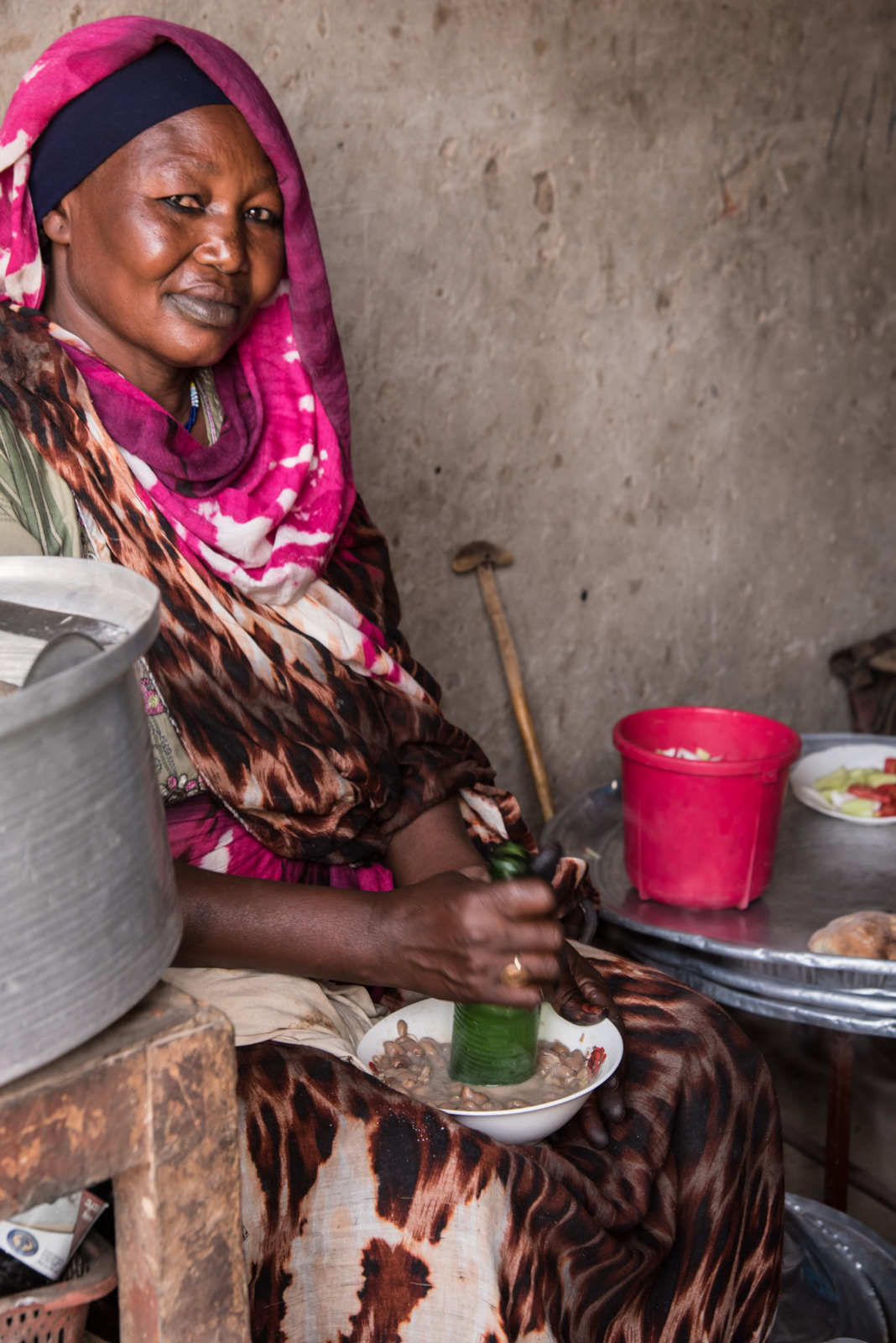
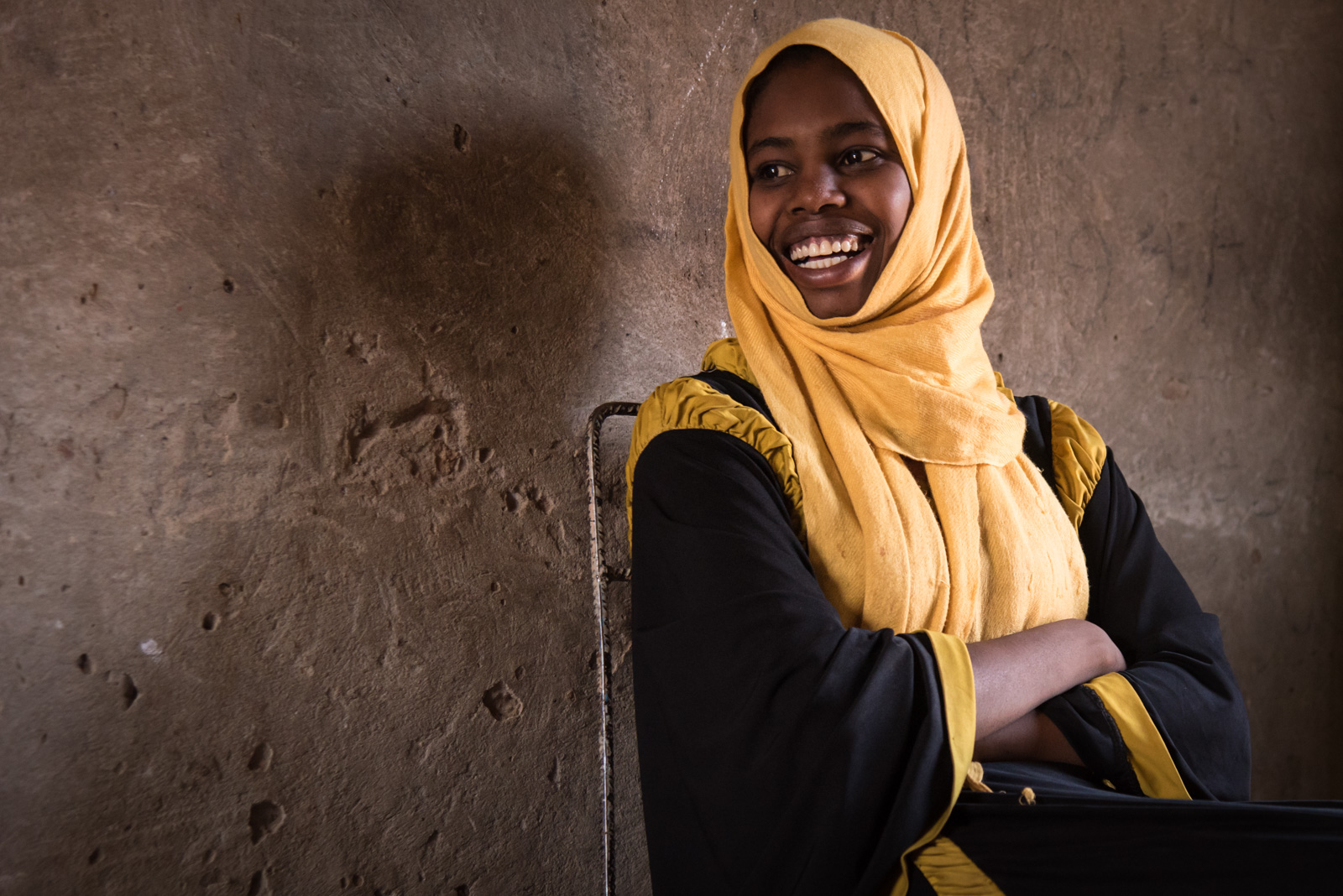
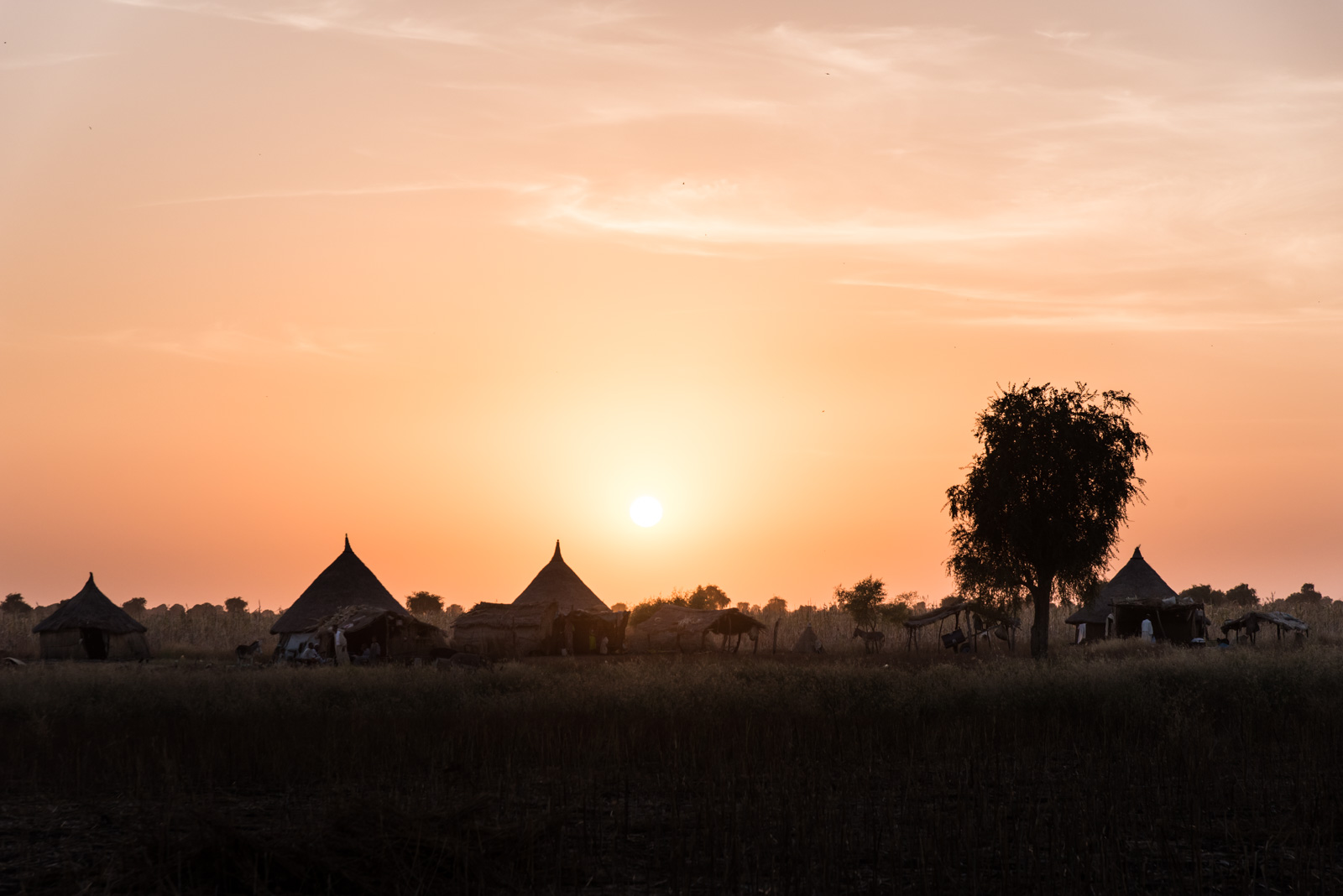
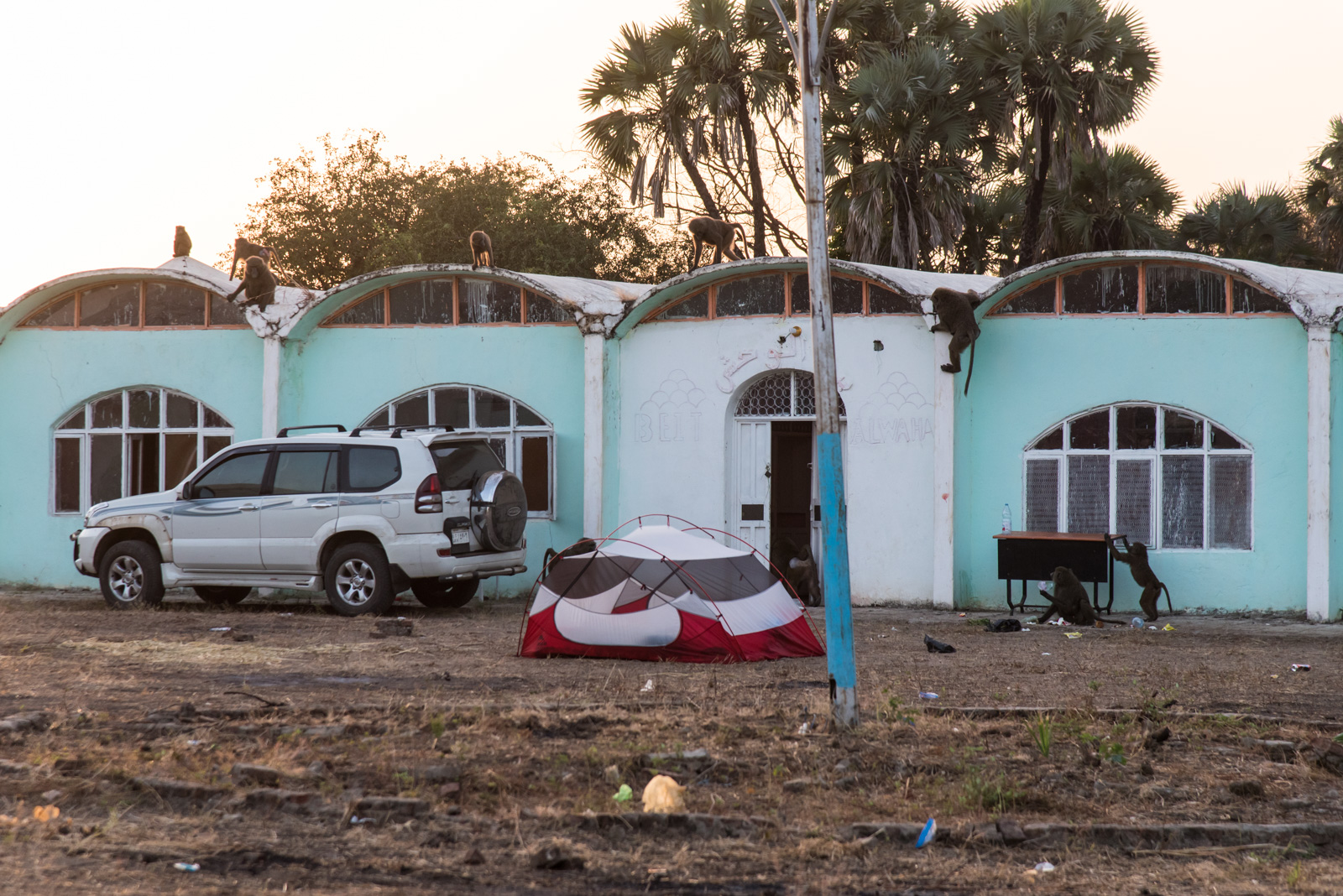
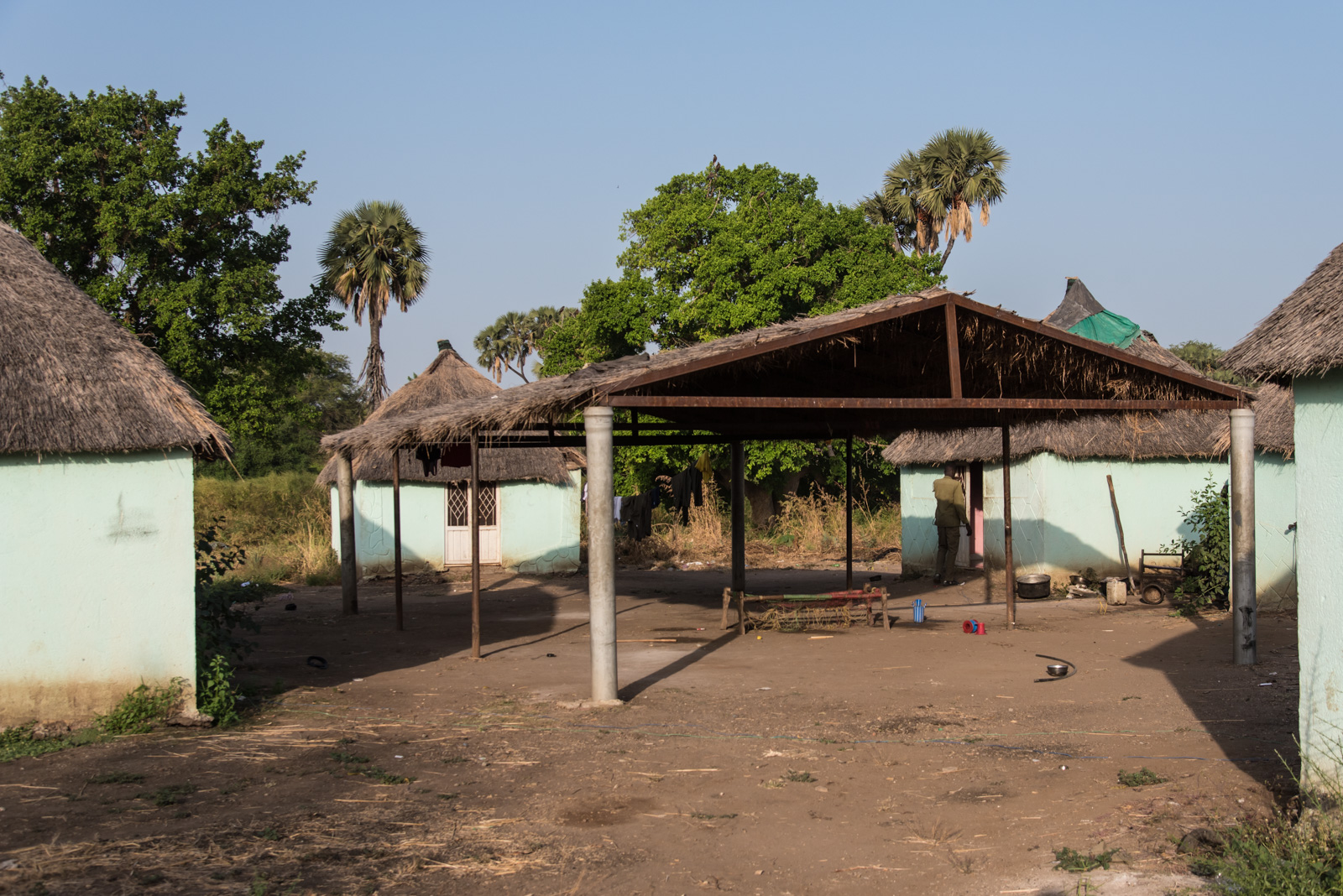
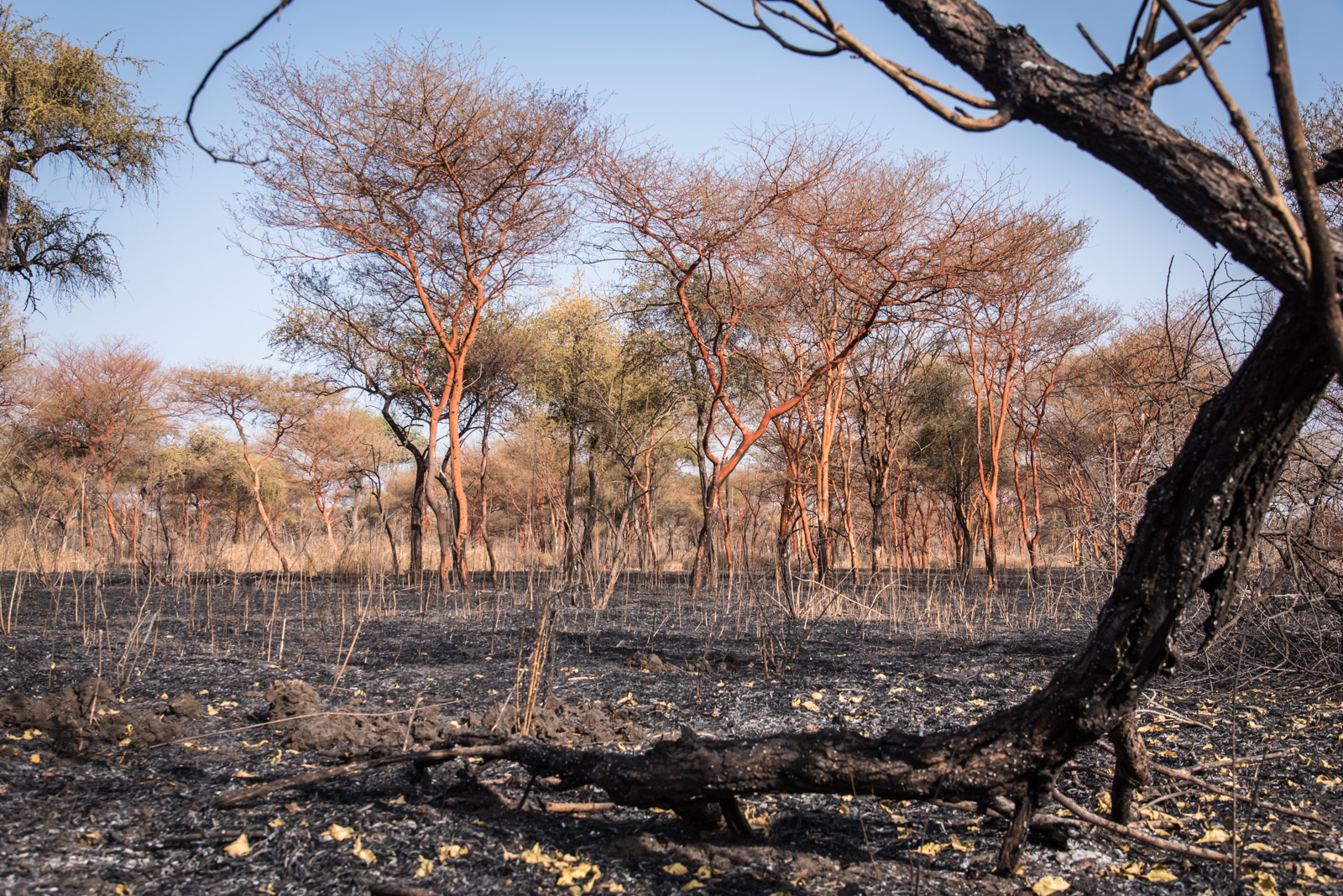
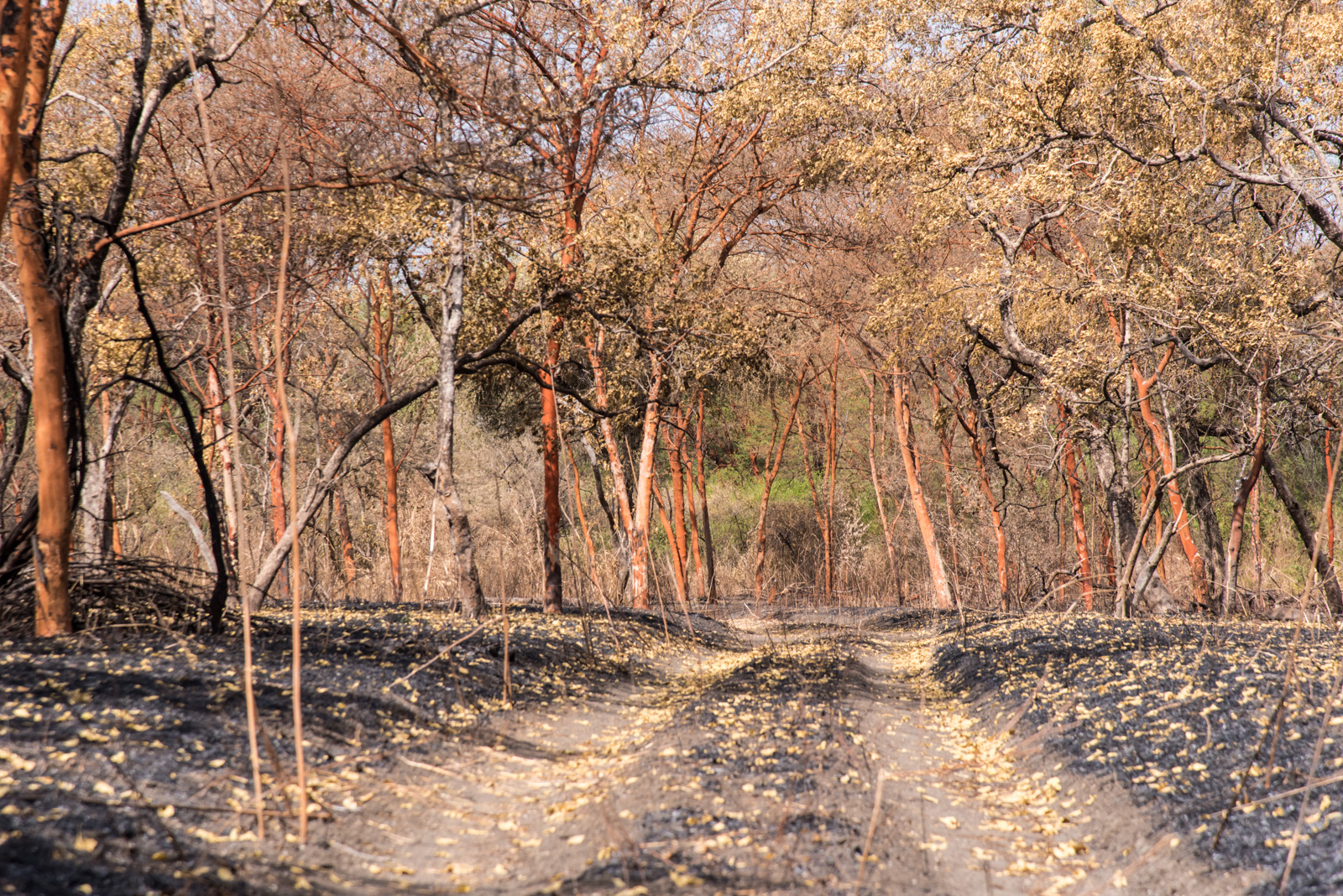
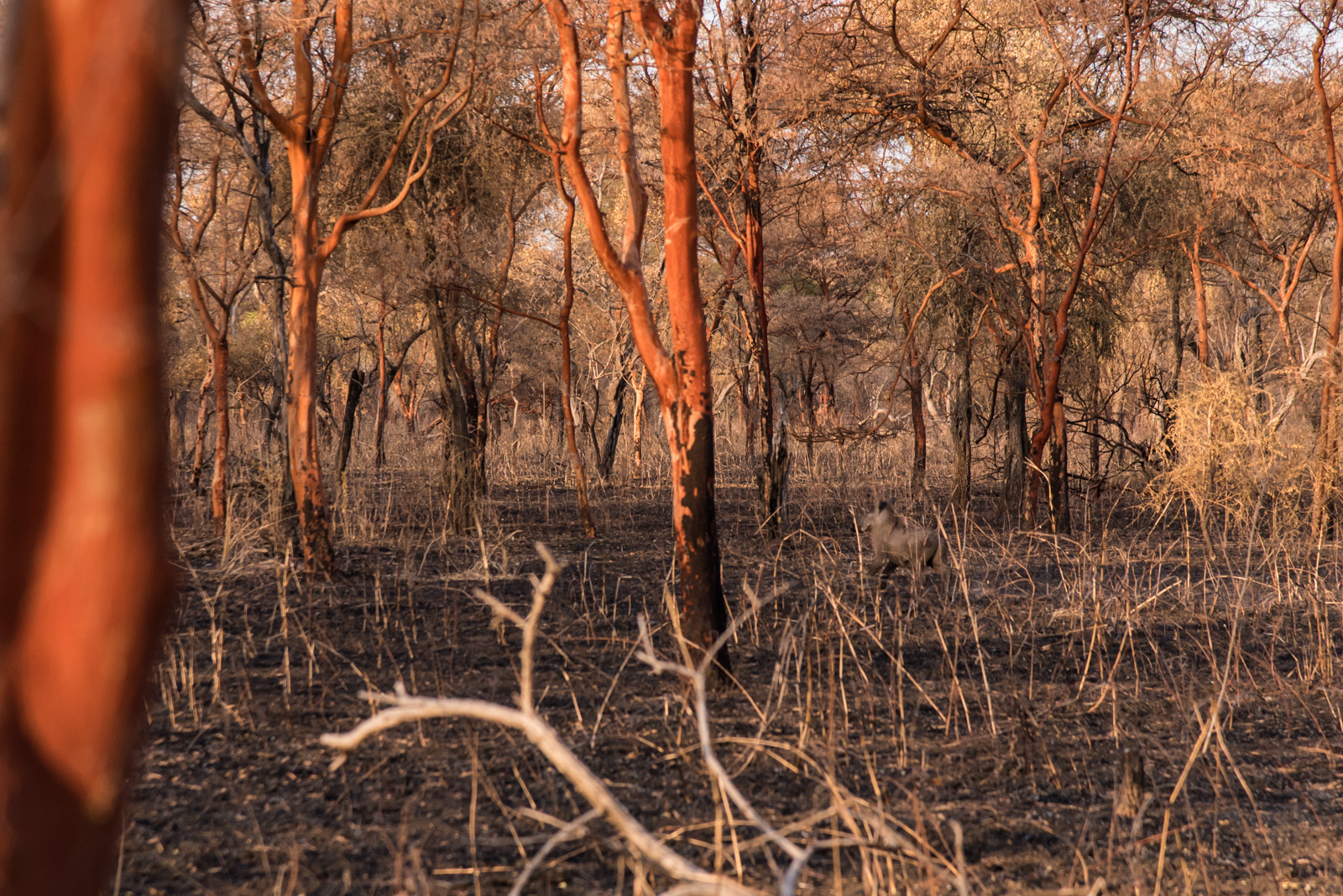
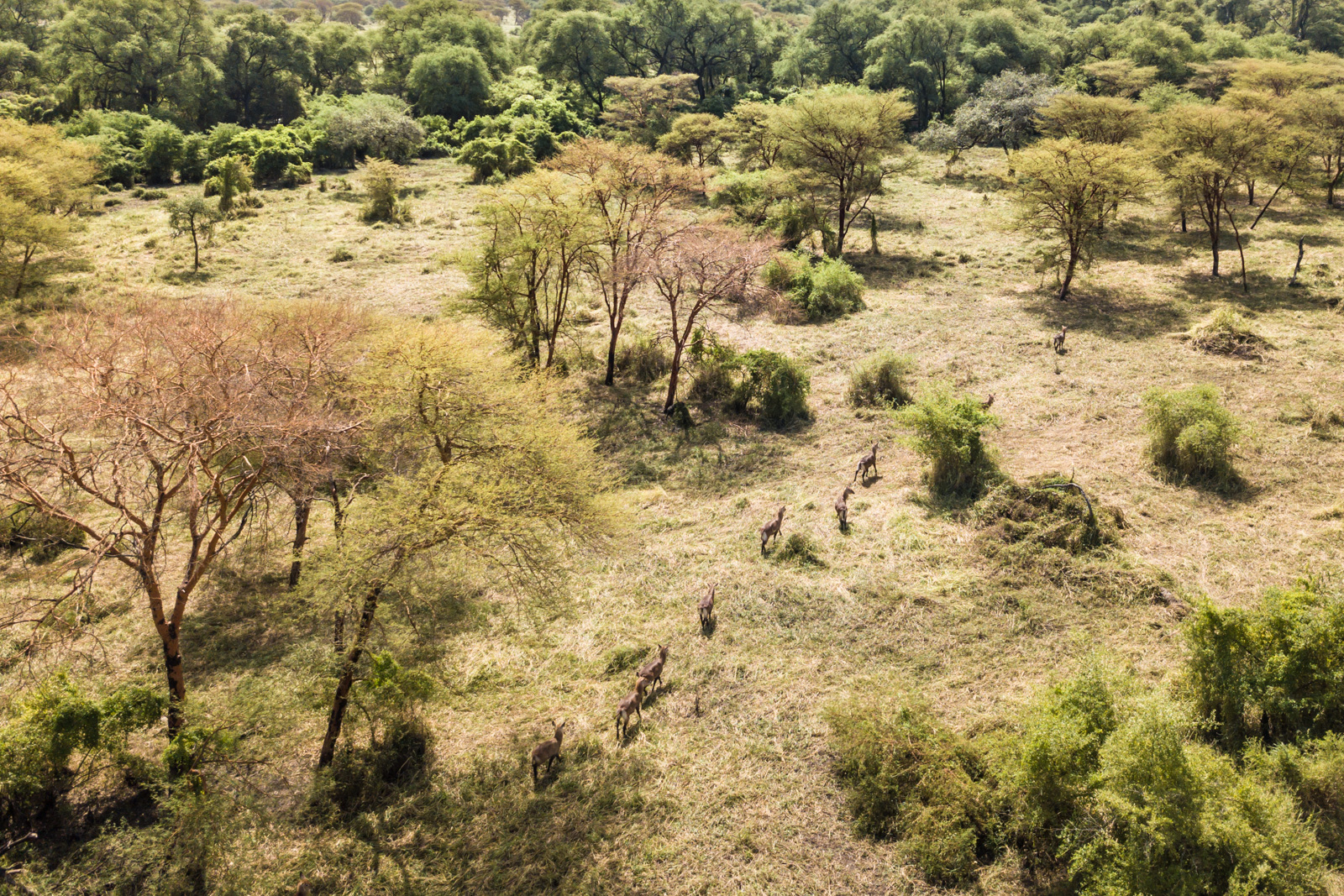
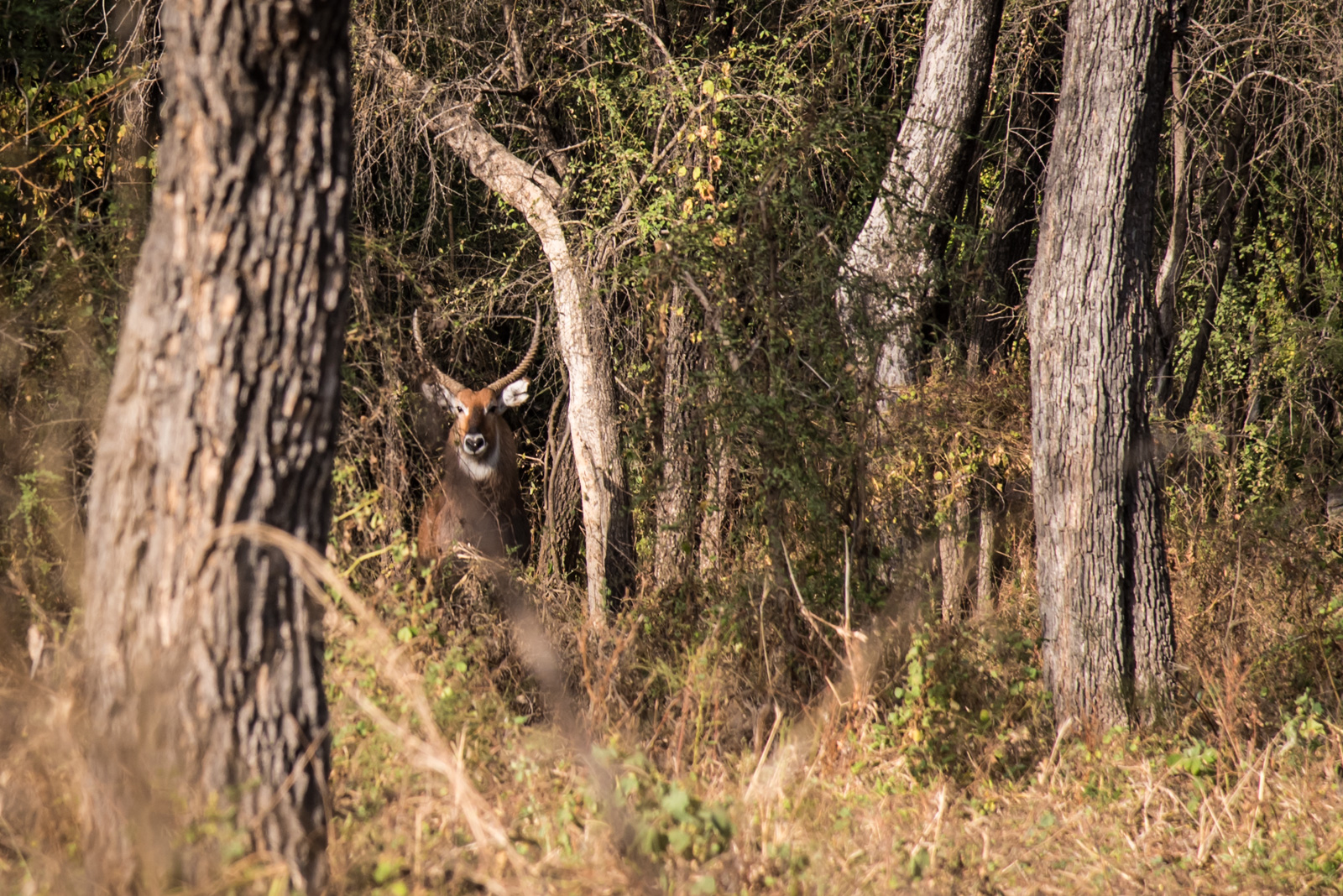
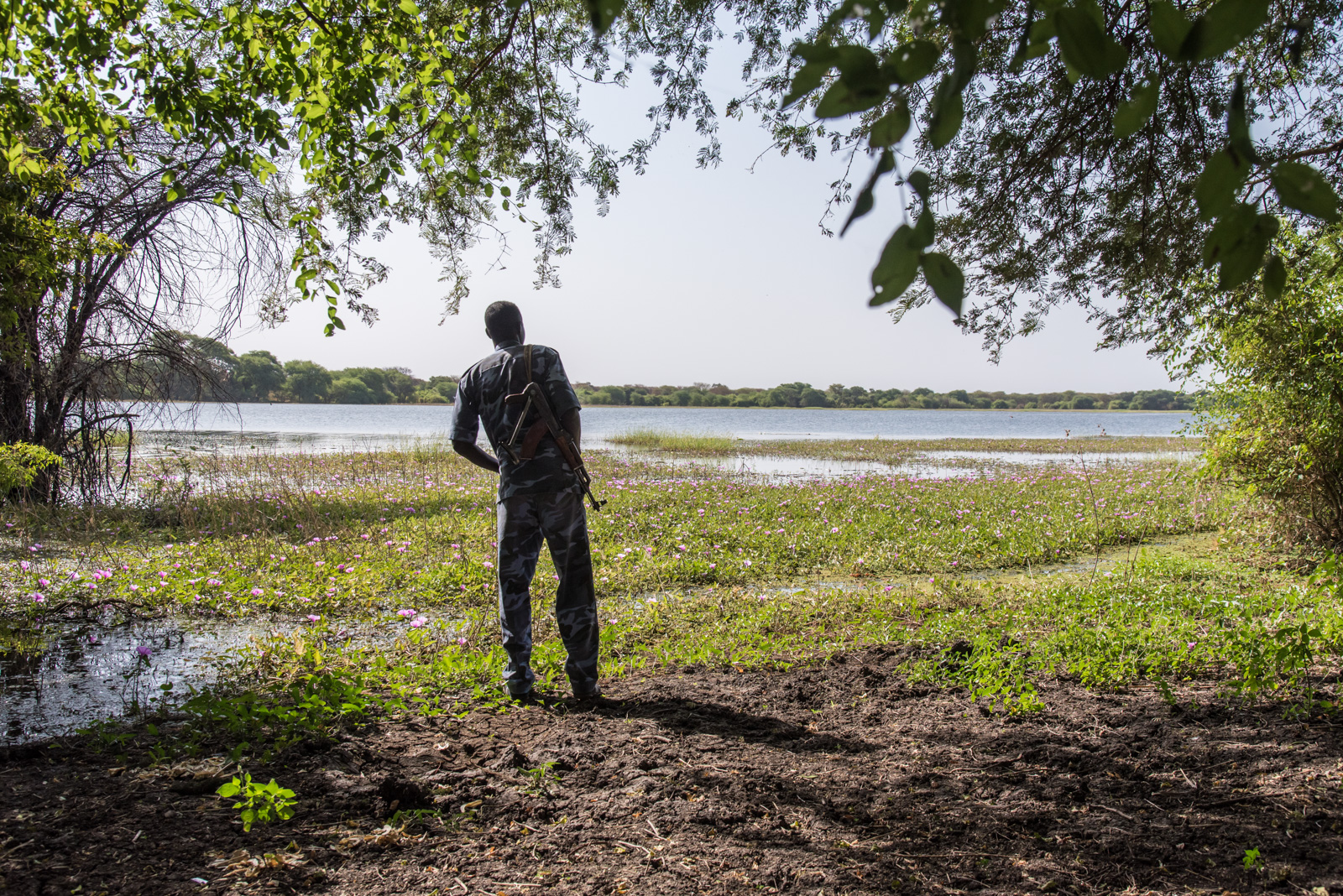
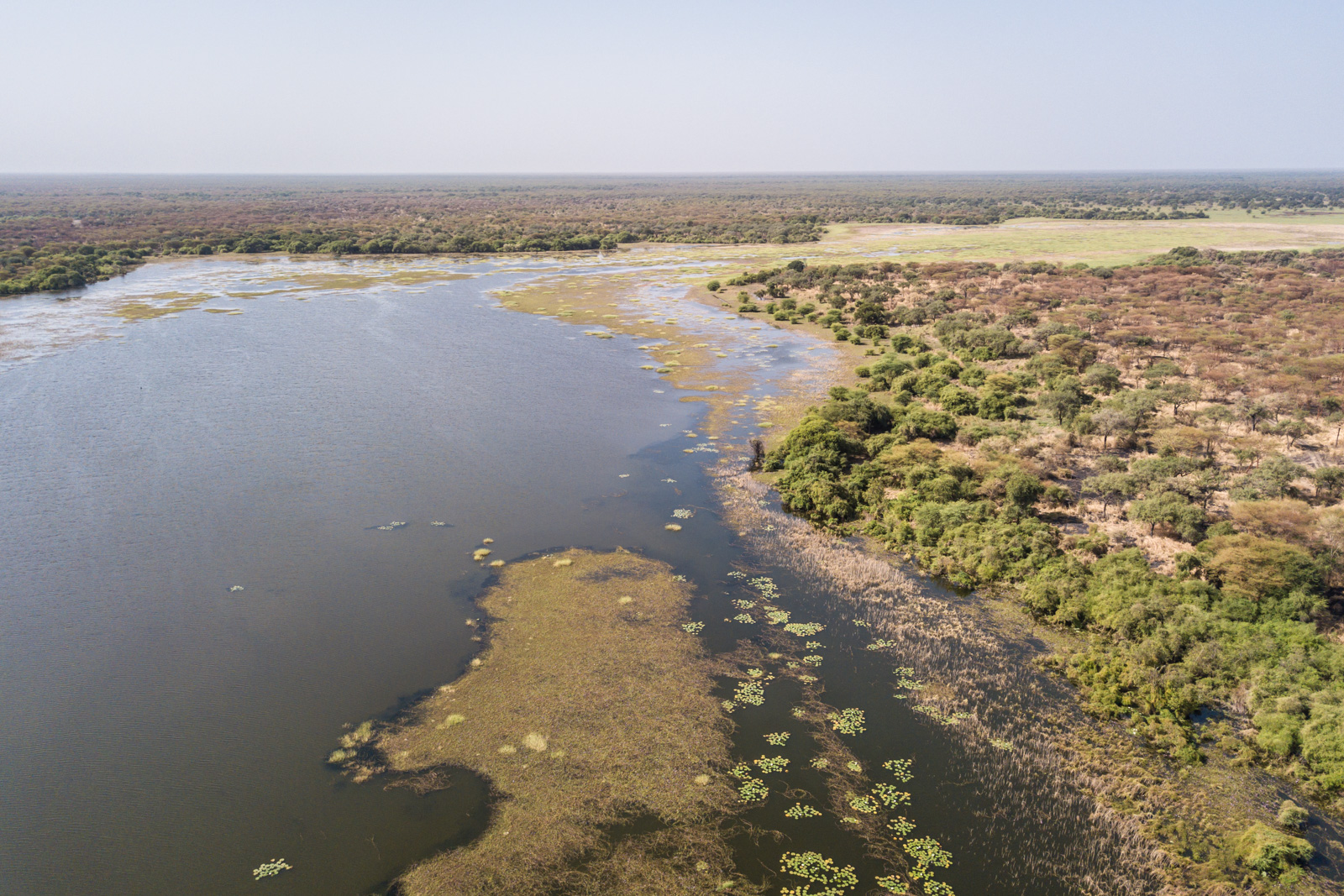


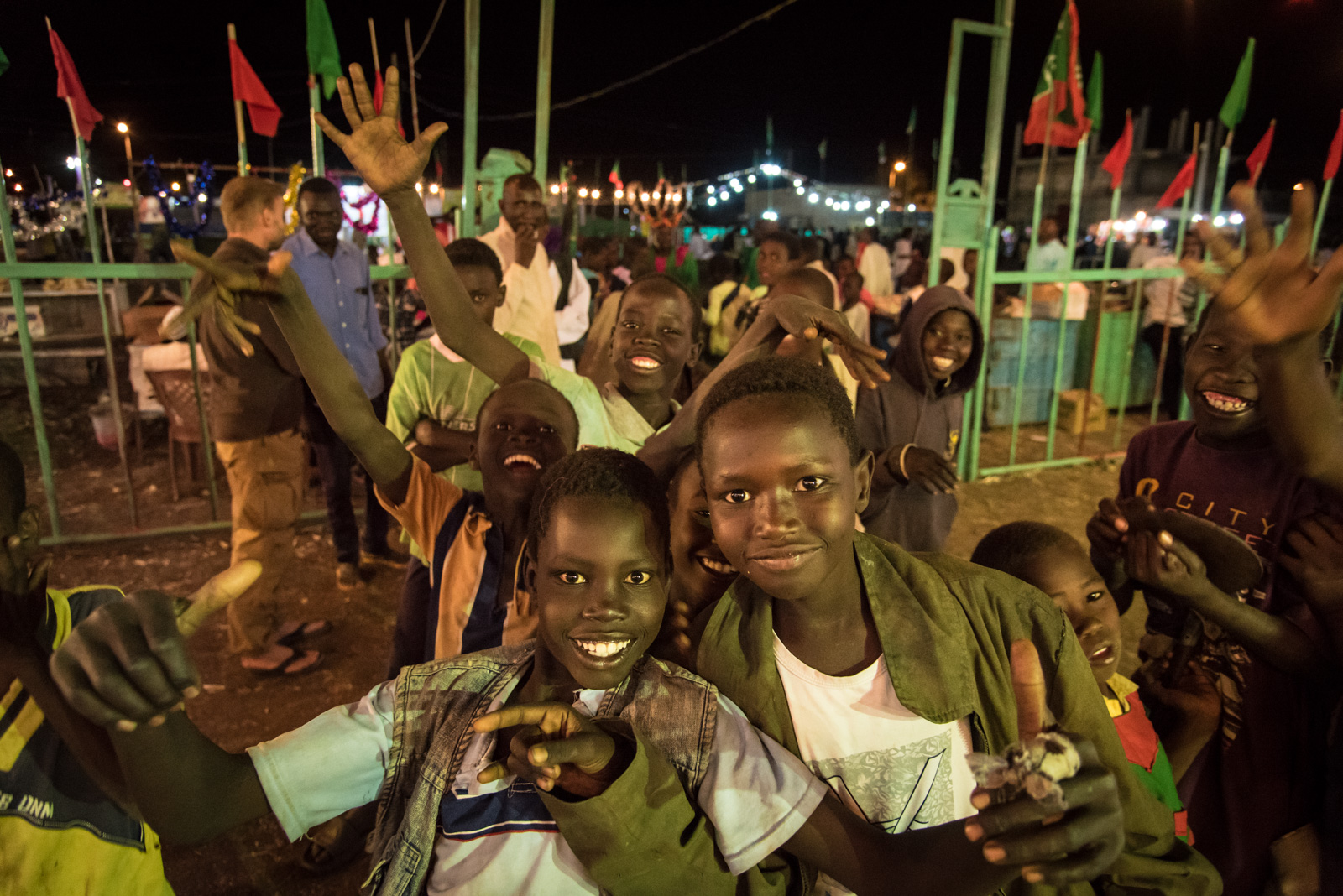

Steffen
25. Dezember 2017The best experiences happen when you just let things happen. But great that you came out of Dinder again 😉 What I like best is the photo of the woman who made kisra. It looks so authentic.